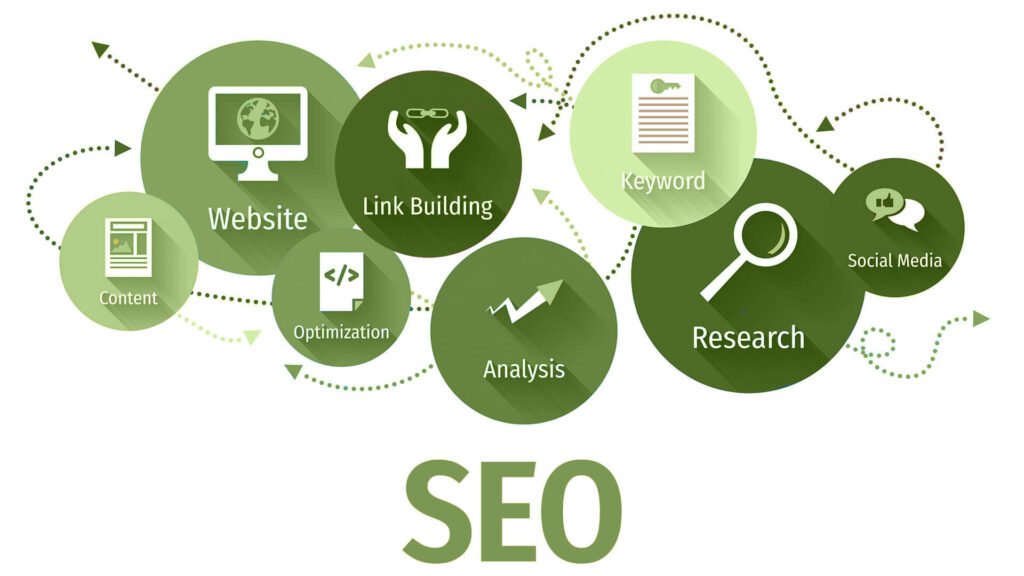Do you know that? Telemedicine app development is constantly increasing in response to the need for healthcare application development. The sharing of medical information is made easier by modern communication technology like text communications, audio, and videos.
Not surprisingly, there are a growing number of telemedicine-focused smartphone apps available, all promoting various features.
What is a Telemedicine App? And Why do we need it in 2024?

A telemedicine application is a piece of software meant to make healthcare accessible to patients and simpler for staff to deliver. A typical telehealth solution consists of two sides: the patient side, where
- User searches for a physician
- User books an appointment
- Uploads necessary documentation, and
- Communicates with the physician by text, voice, or video
The doctor’s side, where
- The physician reviews the patient’s medical record
- Confirms or reschedules appointments
- Refers the patient to other specialists as needed.
An increasing number of healthcare organizations will have their own telemedicine applications in 2024 as it continues to gain recognition. We’re going to witness some fascinating new developments in this field because of its increasing popularity and the ongoing advancements in telemedicine technology. The COVID-19 pandemic shed light on how important telemedicine is to preserving healthcare services while lowering the risk of virus spread. These apps support public health initiatives by enabling remote consultations during medical emergencies.
Types Of Telemedicine App

Telemedicine apps come in a variety of forms, and each one provides a particular set of features.
1. Remote Monitoring Telemedicine App:
They are used to remotely check on the health of people who suffer from long-term illnesses. They are widely used because of their numerous advantages, which include cheaper costs, effective and constant tracking, and excellent levels of patient satisfaction. Patients are monitored by smart gadgets like health monitors and wearables.
2. Store-and-Forward Telemedicine App:
These apps gather patient data and transfer it to the appropriate specialists. With the use of these apps, doctors can store and exchange patient data with other experts, such as test results, photographs, and medical histories. Medical specialties, including radiology, dermatology, pathology, etc., frequently employ this technique.
3. Real-time Interaction Telemedicine App:
These apps provide real-time communication between patients and physicians who are in different places. Featuring video calling and phone consultations. Just as in a face-to-face consultation, patients can also share with their doctor any useful details about their symptoms, medical history, and other details.
What is the cost of developing a Telemedicine App?
The price range for developing a telemedicine app is $75,000 to $250,000. The cost is determined by several aspects, like the type of application, its degree of difficulty, the type of team, its technological level, and its location.
| Types of telemedicine app | Average cost | Example |
| Store-and-forward | 40,000 | CirrusMD |
| Remote monitoring | 55,000 | Gyant |
| Real-time interactive | 75,000 | Lemonaid |
Benefits of Telemedicine App
Utilizing and creating healthcare applications has many benefits. The advantages of the telemedicine app for healthcare professionals and patients are given below.
Regarding patients:

- Quick assistance: Patients can see a doctor in a matter of hours, if not minutes, with the help of a telehealth app or web solution. In physical hospitals, on the other hand, one typically does not have to wait weeks for a slot.
- Access to certain professionals: Having access to a focused specialist can often save a patient’s life when they live in an area with limited access to general physicians and related medical areas.
- Numerous points of view: A patient can consult numerous healthcare providers for differing perspectives and, consequently, a more accurate diagnosis and recommendation when all of their health information is kept in one app.
Regarding Doctors:

- Rapid data access: The physician can do a lot more in less time and see more patients in a single day by reviewing the patient’s medical record prior to or soon after the session begins.
- Time-Efficient: The doctor can save time by using the software to automate fundamental processes linked to previous visits. At the beginning of the appointment, the doctor receives the data from the app itself.
- Enhanced reach: Healthcare organizations find telemedicine appealing due to its international reach, which enables hospitals and private physicians to contact patients beyond their local geographic boundaries.
How to develop a Telemedicine App?

1. Confirm your Idea
The first stage is to develop it completely to ensure its viability. In order to do this, you must first identify the problems that your product will address. You also need to engage with the target audience at this point to learn about their needs and wants in a telehealth application, as well as their level of tech skills and ability to pay. For other applications in the niche, you’ll need to do a competition study to determine what works and what doesn’t. All those responsibilities can be handled by a business analyst.
2. Assess your resources or seek a technical partner
Additionally, you must confirm if you have the internal resources to build it or contract with a tech partner. Even with an internal development team, a dependable partner with appropriate healthcare experience could be necessary for small to medium-sized and big projects, since it might be difficult for a beginner telemedicine software developer to stick to regulations in the field.
3. Create the app architecture
The configuration of the application architecture is an essential phase in the creation of telemedicine apps. The architecture will feature cloud and data storage, tools for communication, APIs and microservices, and functionality for clients, doctors, and administrators.
4. Produce a UI/UX design
A software product’s success is determined by its UI/UX design. All telemedicine apps should be available with just one or two clicks on the screen, and the program must have an easy-to-use interface that is clear and accessible across all platforms. You may create the ideal visual representation of your concept with the assistance of a skilled UI/UX designer.
5. Execute quality control.
Make sure your application is ready for release before allowing it to be seen by the public. This involves functionality testing, testing for user acceptance, compatibility testing, localization testing, safety testing, UI/UX testing, and procedures like smoke inspection and regression analysis.
Here is a step by step guide to build a telemedicine app
Conclusions:
A telemedicine app can provide excellent medical services to people living in remote areas. Additionally, this might result in higher profitability for healthcare organizations. The need for telemedicine applications is significant in the global industry, according to market trends. So, if you’re going to create such an app, it’s important to conduct extensive research beforehand.
Also Read Our Blog: The Future Of Work: AI And Automation’s Impact On Employment





